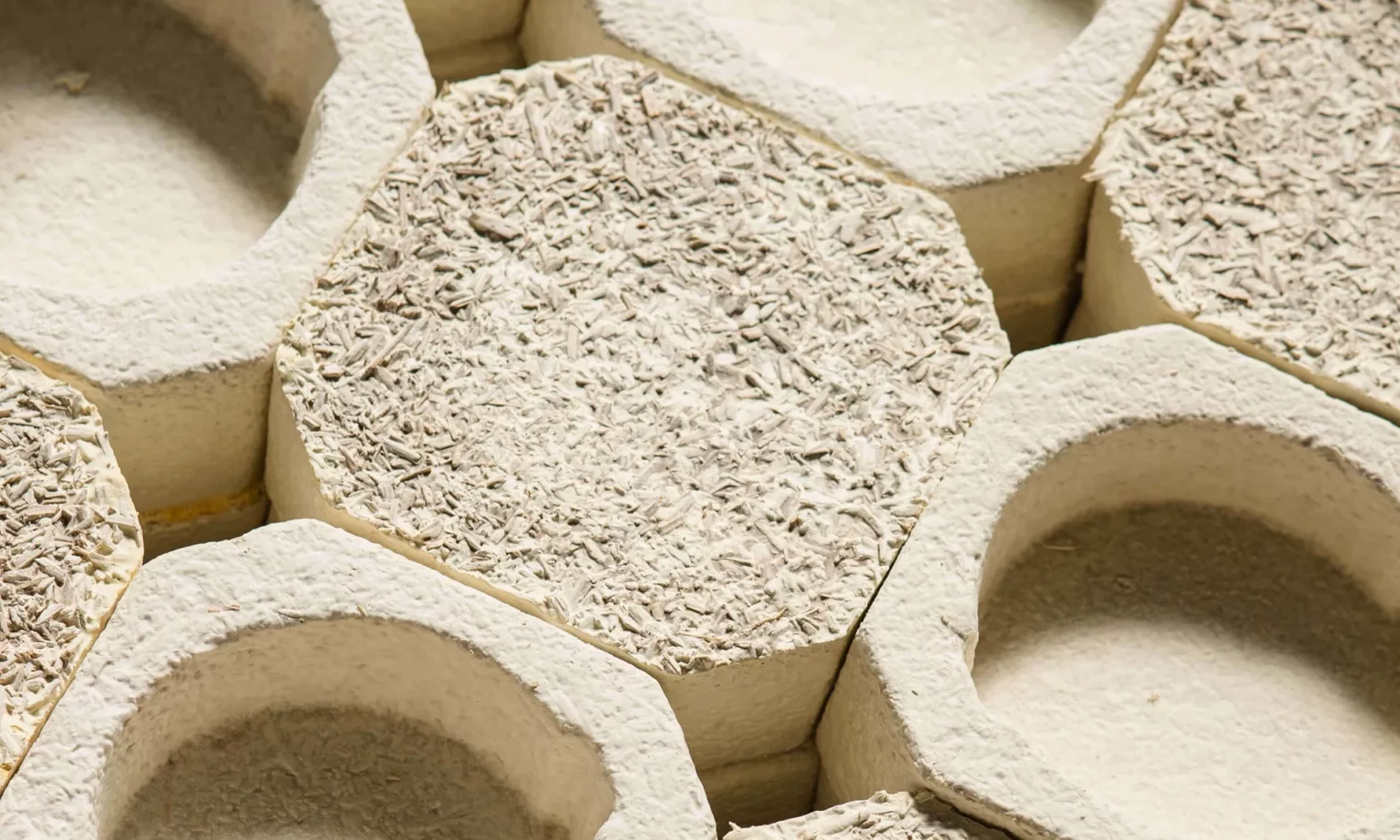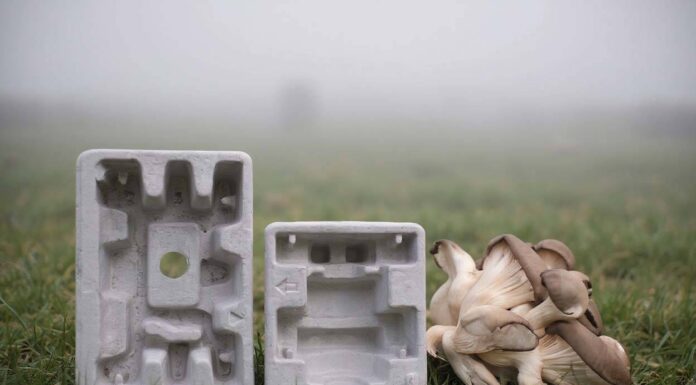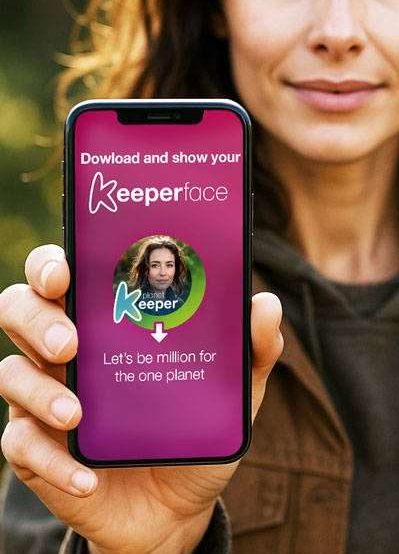Biodegradability and Environmental Impact
Mycelium packaging offers significant environmental benefits over traditional plastics and bioplastics. Data from Digicomply (2024) highlight that mycelium can decompose in home compost settings within just a few weeks—far faster than plastics, which persist for centuries, or even PLA plastics that require industrial composting facilities. A 2025 study further underscores this advantage, noting mycelium’s ability to break down fully without leaving harmful microplastic residues.
However, while superiority in biodegradation is clear, the process is not free from concerns. Under anaerobic landfill conditions, mycelium has been shown to release methane—a potent greenhouse gas. Thus, although it degrades efficiently in ideal conditions, its behavior in less controlled environments could offset some benefits. This highlights the need for robust waste management policies to ensure proper composting practices that can harness mycelium’s full environmental potential.
Cost and Production Complexities
Despite its ecological advantages, mycelium-based packaging still faces significant hurdles in production costs and scalability. Current estimates from industry analyses (2025) suggest that producing mycelium packaging is 20-50% more expensive than conventional EPS materials. These costs are attributed primarily to the energy-intensive needs for sterilizing substrates and drying finished products.
Moreover, localized micro-factories have been suggested as a way to reduce transportation emissions associated with raw material sourcing by up to 50%. This approach aligns with degrowth strategies emphasizing reduced consumption and localized production but may face challenges in scaling up to meet global demand.
Industry Adoption and Future Prospects
Adoption rates of mycelium packaging are gradually increasing with notable uptake in sectors such as luxury goods and seafood transport—as reported by industry sources like GROWN bio (2024). Companies appreciate not only the sustainability attributes but also the customization capabilities of mycelium which can be molded into various protective packaging forms.
Yet, widespread adoption remains sluggish compared to traditional plastics due to the aforementioned cost issues and limited infrastructure for appropriate waste handling. For broader implementation, both regulatory support for composting facilities and consumer acceptance of slightly higher retail costs will be critical.
Expert Opinions and Social Media Discourse
Discussions on platforms like X reflect a cautious optimism about mycelium’s potential paired with skepticism about its current feasibility on a large scale. Experts underscore the need for transparent communication regarding the material’s end-of-life requirements to avoid “greenwashing.” Enhanced labeling that guides disposal could help maximize environmental benefits while minimizing unintended consequences such as methane emissions from improper composting.
1. KEY FIGURES:
- Mycelium packaging decomposes naturally within weeks to months under composting conditions, significantly faster than traditional plastics that take centuries (Source: Digicomply, 2024)[1].
- Mycelium packaging can offer water resistance for at least 72 hours, suitable for seafood transport (Source: GROWN bio, 2024)[2].
- Mycelium packaging weighs approximately 115g/L when based on hemp feedstock, providing a lightweight alternative (Source: GROWN bio, 2024)[2].
- In lab tests, Abortiporus biennis fungus strain produced mycelium composites with promising firmness, elasticity, and impermeability, indicating scalability potential (Source: PMC, 2023)[4].
2. RECENT NEWS:
- November 2024: Seafood industry trials in Europe demonstrate mycelium packaging’s durability and insulation properties, with companies in the Netherlands, Norway, and Germany adopting mycelium coolers for fish transport (Source: GROWN bio blog)[2].
- July 2024: Scientific articles emphasize mycelium’s rapid biodegradability and potential to reduce plastic pollution by converting agricultural waste into packaging materials (Source: Digicomply, 2024)[1].
- Ongoing 2025: Investigations show mycelium packaging preserves food freshness by regulating moisture better than plastic, reducing mold growth (Source: s-lab.bio, 2025)[5].
3. STUDIES AND REPORTS:
- Balaeș et al. (2023) analyzed 75 fungal strains and identified eight capable of producing strong, biodegradable mycelium-based composites with favorable mechanical properties. The study highlights cost-effectiveness and scalability but calls for further research on raw material sourcing and industrial feasibility (Source: PMC, 2023)[4].
- Comparative studies reveal mycelium packaging’s biodegradation occurs effectively in home and marine composting, unlike many “compostable” plastics which require industrial facilities (Source: GROWN bio, 2024)[2].
- Life cycle assessments (LCAs) indicate mycelium packaging reduces fossil fuel dependence due to renewable feedstocks but note energy use for sterilization and drying as significant factors needing optimization (Source: Digicomply, 2024)[1].
4. TECHNOLOGICAL DEVELOPMENTS:
- Innovations include molding mycelium with agricultural byproducts such as hemp hurds and wood residues, enabling customizable shapes and insulating properties for packaging (Sources: Digicomply 2024[1], GROWN bio 2024[2]).
- Development of mycelium composites using Abortiporus biennis and other fast-growing fungi strains enhances material strength and water resistance (Source: PMC, 2023)[4].
- Advances in coatings focus on non-toxic, biodegradable barriers to replace common plastic additives, though some products still rely on additives that may affect full compostability and safety (Source: industry analyses, 2024).

5. MAIN SOURCES:
- https://www.digicomply.com/blog/utilizing-mycelium-to-replace-plastics-for-sustainable-packaging — Overview of environmental benefits, biodegradability, and economic implications of mycelium packaging (2024).
- https://www.grown.bio/blog/replace-plastics-with-mycelium-packaging/ — Case studies in seafood transport, biodegradability claims, and commercial adoption examples (2024).
- https://pmc.ncbi.nlm.nih.gov/articles/PMC9965147/ — Scientific study on fungal strains for mycelium composites, mechanical properties, and scalability challenges (2023).
- https://s-lab.bio/can-mushroom-packaging-keep-strawberries-fresh-longer-than-plastic/ — Experimental comparison of food preservation between mycelium and plastic packaging (2025).
- https://meyers.com/meyers-blog/mycelium-packaging-applications-mushroom-packaging/ — Market applications and economic discussion of mycelium packaging versus traditional plastics (2023).
—
Additional Context:
- While mycelium packaging shows strong promise as a biodegradable, renewable alternative to plastic, some hidden costs remain: energy-intensive sterilization/drying, sourcing feedstocks with minimal transport impacts, and ensuring additives do not compromise compostability or food safety.
- Real-world adoption is growing but still limited in scale compared to plastics. Compost facility acceptance varies, and contamination at material recovery facilities (MRFs) remains a challenge.
- Compared to molded pulp, EPS, and PLA/PHA, mycelium offers faster natural degradation and potentially lower toxicity but requires further innovation to surpass cost and durability benchmarks.
- Degrowth strategies—such as reuse, elimination of packaging, and localized micro-factories—may outperform any single-use mycelium swap in sustainability impact.
This synthesis reflects the latest reliable sources and ongoing industry developments as of mid-2025.
digicomply.com – Utilizing Mycelium to Replace Plastics for Sustainable …
grown.bio – Mycelium packaging replacing plastic in the seafood industry
meyers.com – Mycelium Packaging: How Mushrooms Transform Market
pmc.ncbi.nlm.nih.gov – Mycelium-Composite Materials—A Promising Alternative to …
s-lab.bio – Mycelium vs Plastic: Which Preserves Food Better?
digicomply.com – Source
pmc.ncbi.nlm.nih.gov – Source
sciencedirect.com – Source
e3s-conferences.org – Source
pmc.ncbi.nlm.nih.gov – Source
issuu.com – Source
digicomply.com – Source
packaging-gateway.com – Source
seabinfoundation.org – Source
sciencedirect.com – Source
thepackman.in – Source
spnews.com – Source
link.springer.com – Source
x.com – Source



